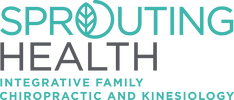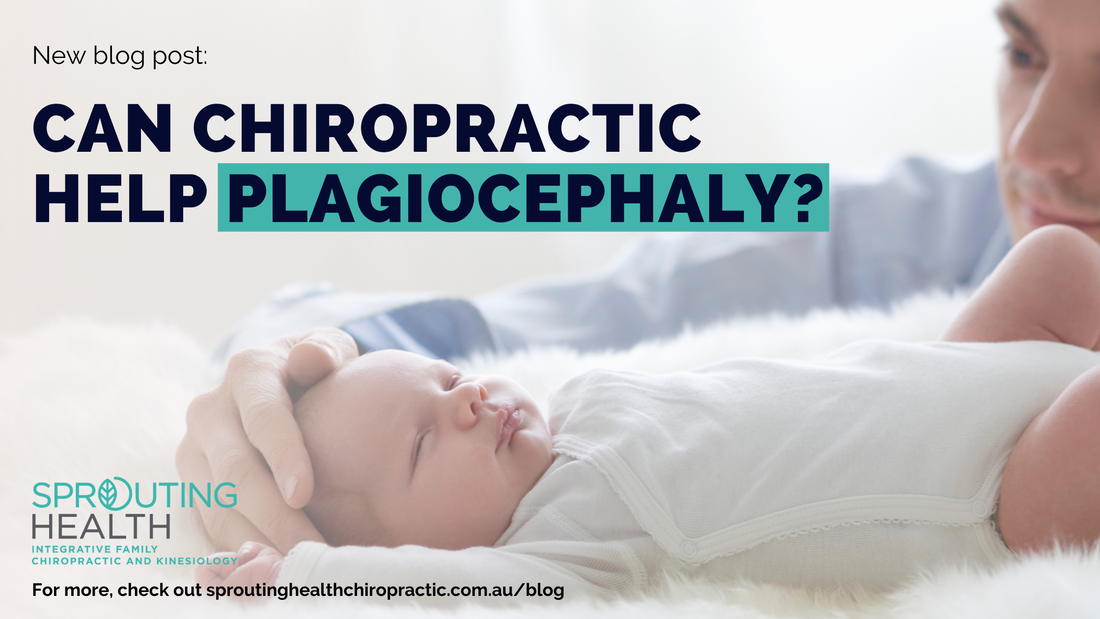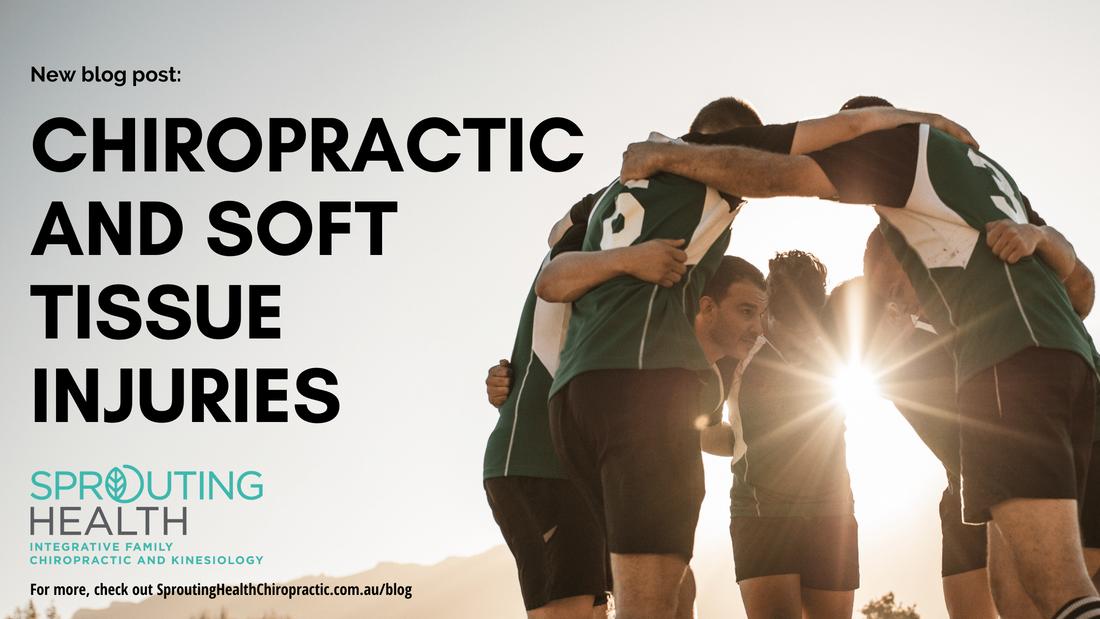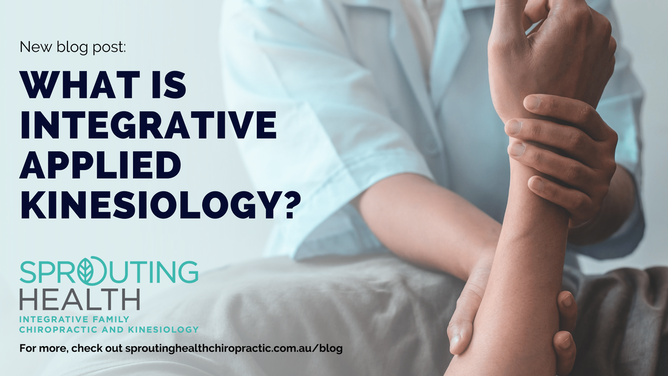|
Deformational plagiocephaly or also known as positional plagiocephaly is a common disorder that can affect infants and children. Head asymmetry is seen when the bone on the back of the head or the occipital bone is seen to be visibly flattened on one side. Phagiocephaly can be caused by a range of underlying conditions including cervical spine joint dysfunction, infections, congenital conditions, neuromuscular conditions, trauma and genetic syndromes. Abnormal motion of the occiput and upper cervical vertebra was reported in 90% of children with plagiocephaly and a significant correlation was found between side of asymmetry and upper neck cervical spine joint dysfunction (Sergueef, Nelson, & Glonek, 2006). A range of studies are now showing that deformational plagiocephaly is more than a “cosmetic” issue and has been associated with a range neurodevelopmental delays in infants to school aged children affecting the visual system, auditory system, motor development and cognitive development. Chiropractic management of deformational plagiocephaly has been associated with management of normal head symmetry (Davies, 2002), although more research is always needed. Chiropractic treatment of cervical spine joint dysfunction is also important in restoring normal afferentation (sensory information) from the cervical spinal musculature, joints and other soft tissues that then may assist in improving long-term outcomes in gross and fine motor, cognitive and language development and proprioception (Palmgren, Sandström, Lundqvist, & Heikkilä, 2006) (Haavik & Murphy, 2012). Helmet therapy can assist cosmetic appearance in more severe cases of phagiocephaly from 6-7 months of age onwards and appear to produce faster correction than positional management alone. However the use of helmet therapy has been shown by a number of studies not to improve the neurodevelopmental outcomes. (Miller & Clarren, 2000) (Steinbok, Lam, Singh, Mortenson, & Singhal, 2007). Early intervention has been associated with reduced treatment duration and improved cosmetic and neurodevelopmental outcomes (van Vlimmeren, et al., 2008) (Cabrera-Martos I. , et al., 2016). At Sprouting Health, infants with head asymmetry are comprehensively examined to determine the severity and likely cause of the phagiocephaly which allows us to determine the need for co-management with appropriate health professionals on a case-by-case basis to achieve the best results possible. REFERENCES
0 Comments
Many people coming in to our practice ask what can we do to further help performance and recover better. But what if there was an effect on reducing your risk of lower limb injury. A study in to semi-professional Australian rules football players and Chiropractic care has shown some extremely positive results for players. The study which lasted an entire season and involved 59 players (from 2 VFL clubs), found that the group that included chiropractic treatment of manual therapy, mechanically assisted techniques and soft tissue work had only a 4% chance of hamstring and lower limb injuries, missing just 4 games for the season with these injuries. In this study an injury was defined based on games missed. In comparison, the non-chiropractic group had a 17% chance of hamstring injury and 28% chance of lower limb muscle strain, missing 14 matches through hamstring injury and 21 matches through lower limb strain respectively (2). Also there were significant reductions in low back pain, highly important as this features as one of the most debilitating issues globally (4) and affects the ability to sustain prolonged or repetitive positions or movements in physical activity (1,3). Non-contact knee injuries and overall improvement in the physical components of their health also were reported as improved (2). So if you are a participant especially of contact sports based games or are just your every day physical performer, if you or someone you know sounds like they fit this mould and want to find out if chiropractic may help assess and manage to help reduce your risk of lower limb injury, have a chat with one of our chiropractors to see how they can assist. REFERENCES
1. Ham YW, Kim DM, Baek JY, et al. Kinematic analyses of trunk stability in one leg standing for individuals with re- current low back pain. J Electromyogr Kinesiol 2010;20: 1134–1140. 2. Hoskins, W. and Pollard, H., 2010. The effect of a sports chiropractic manual therapy intervention on the prevention of back pain, hamstring and lower limb injuries in semi-elite Australian Rules footballers: a randomized controlled trial. BMC musculoskeletal disorders, 11(1), pp.1-11. 3. Lee DC, Ham YW, Sung PS. Effect of visual input on normalized standing stability in subjects with recurrent low back pain. Gait Posture 2012;36:580–585. 4. Vos T, Barber RM, Bell B, Bertozzi-Villa A, Biryukov S, Bolliger I, Charlson F. Global, regional, and national incidence, prevalence, and years lived with disability for 301 acute and chronic diseases and injuries in 188 countries, 1990–2013: a systematic analysis for the Global Burden of Disease Study 2013. Lancet. 2015;9995:743-800. We are often asked - “what is it that you do and how can it help me?”.
What we do can be described as Integrative Applied Kinesiology. Integrative means combining two or more things to form an effective unit or system. Like "an integrative approach to learning". In healing terms what it means is that we combine allopathic and complementary therapies in the best way to suit you to get the best results for you. Basically we take parts from Eastern and Western medicine and combine them to best suit your health goals. We use Applied Kinesiology (AK). Applied kinesiology is the study of muscles and the relationship of muscle strength to health. It incorporates a system of manual muscle testing and therapy. AK is based on the theory that body dysfunction is accompanied by a set or pattern of specific muscle findings. For example, from gentle basic body tests and your history we might order a blood test or a urine sample to help us further investigate. We might then use chiropractic care, acupuncture systems, soft tissue therapies, or stress relieving techniques to help you, all based on information from the tests we get. We do not confine our practice to one form of therapy, we are directed by your unique set of symptoms and findings from our thorough investigation. When you visit Sprouting Health we efficiently test 80 individual muscles, look over your set of unique symptoms and then formulate a healing plan using both Eastern and Western medicine modalities. We also work with other health practitioners if required to help you achieve your Best Life Possible! Have you ever been diagnosed with a ‘pinched nerve’? This diagnosis is often accompanied by sharp, shooting pains into the arms or legs, usually without any injury to the body part involved. A common example of this is ‘sciatica’ where affected individuals will often complain of a sharp shooting pain down the back of their leg, often into the foot. In chiropractic, we refer to this travelling pain as ‘radicular’ pain. Radicular pain, by definition, is pain that travels away from the source of the problem along the affected spinal nerve root. This is why pain is often felt outside of the region of injury in a seemingly random area. A ‘spinal nerve root’ refers to the part of the nervous system where different nerves start to deviate from the spinal cord and supply different parts of the body. These nerves can play a part in motor function (movement), sensory input, or (when the nerve root is aggravated) it can send pain signals along that nerve to whichever part of the body it supplies. As an example, an issue with the spinal nerve root in the neck may present with radicular pain into the arm, while a similar issue in the lumbar spine may present with radicular pain in the leg. When a nerve becomes ‘aggravated’ it means that there is some kind of irritating stimulus that is impairing the function of that nerve. Different stimuli may include chemical irritation, such as inflammation, or mechanical irritation, including issues such as spinal cord compression, vertebral degeneration, or a herniated disc. As well as pain radiating from the spinal nerve root, one may also experience neurological symptoms which may present as delayed reflexes, numbness, and/or weakness in the limbs. These neurological issues are referred to as ‘radiculopathies’. If you are experiencing radicular pain, or potentially a radiculopathy, your chiropractor will be able to identify this by conducting a thorough history, physical exam, and possibly radiographic imaging. By determining what is causing the issue, your chiropractor can formulate a care plan to help you based on your specific problem. Studies have shown that chiropractic adjustments can help to relieve symptoms of nerve root irritation; including both pain and neurological symptoms. REFERENCES
Patel, E. A., & Perloff, M. D. (2018). Radicular Pain Syndromes: Cervical, Lumbar, and Spinal Stenosis. Seminars in neurology, 38(6), 634–639. https://doi.org/10.1055/s-0038-1673680 Christensen, K., & Buswell, K. (2008). Chiropractic outcomes managing radiculopathy in a hospital setting: a retrospective review of 162 patients. Journal Of Chiropractic Medicine, 7(3), 115-125. doi: 10.1016/j.jcm.2008.05.001 |
AuthorBlogs by the team at Sprouting Health Archives
July 2024
Categories |





 RSS Feed
RSS Feed
